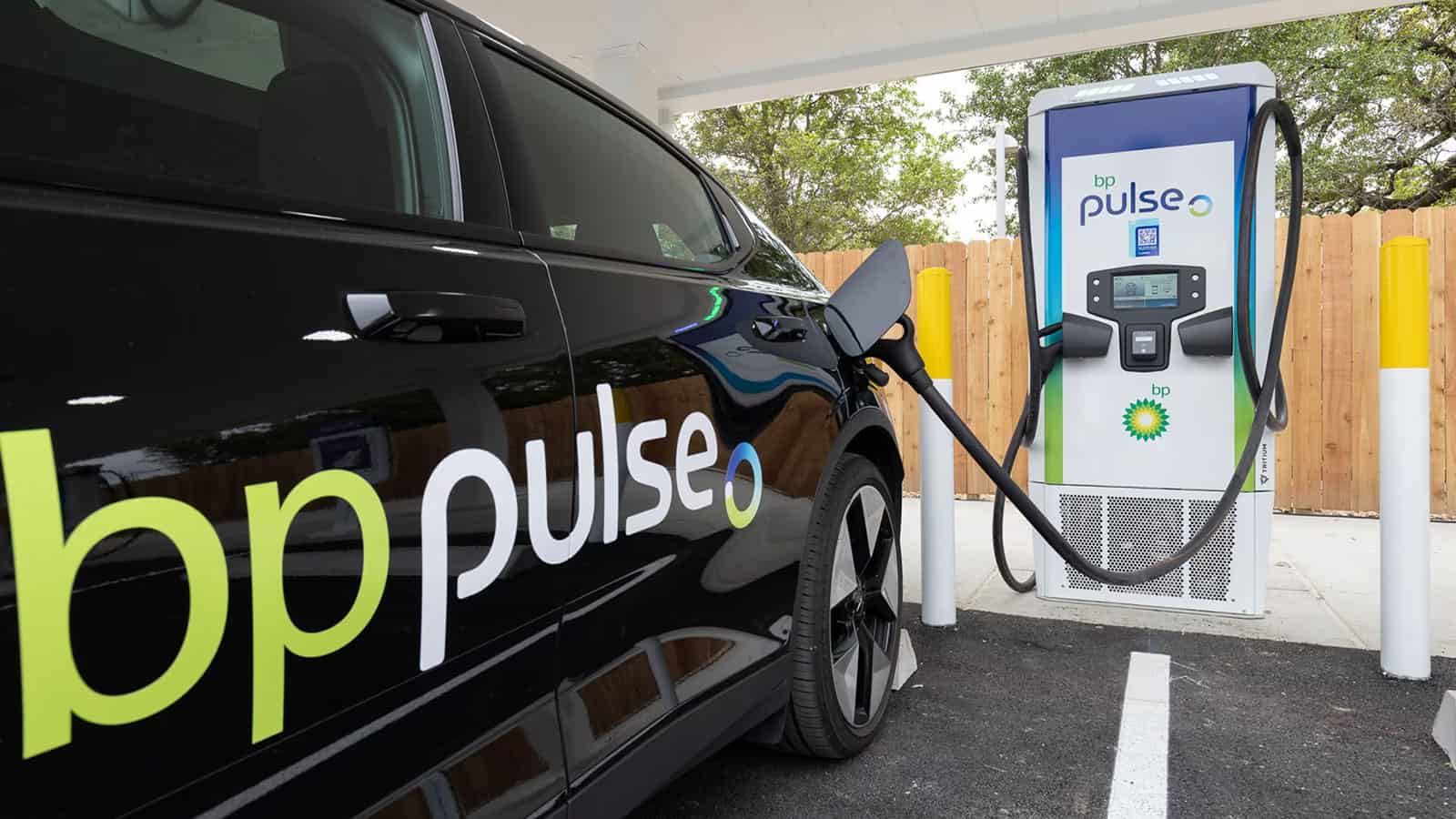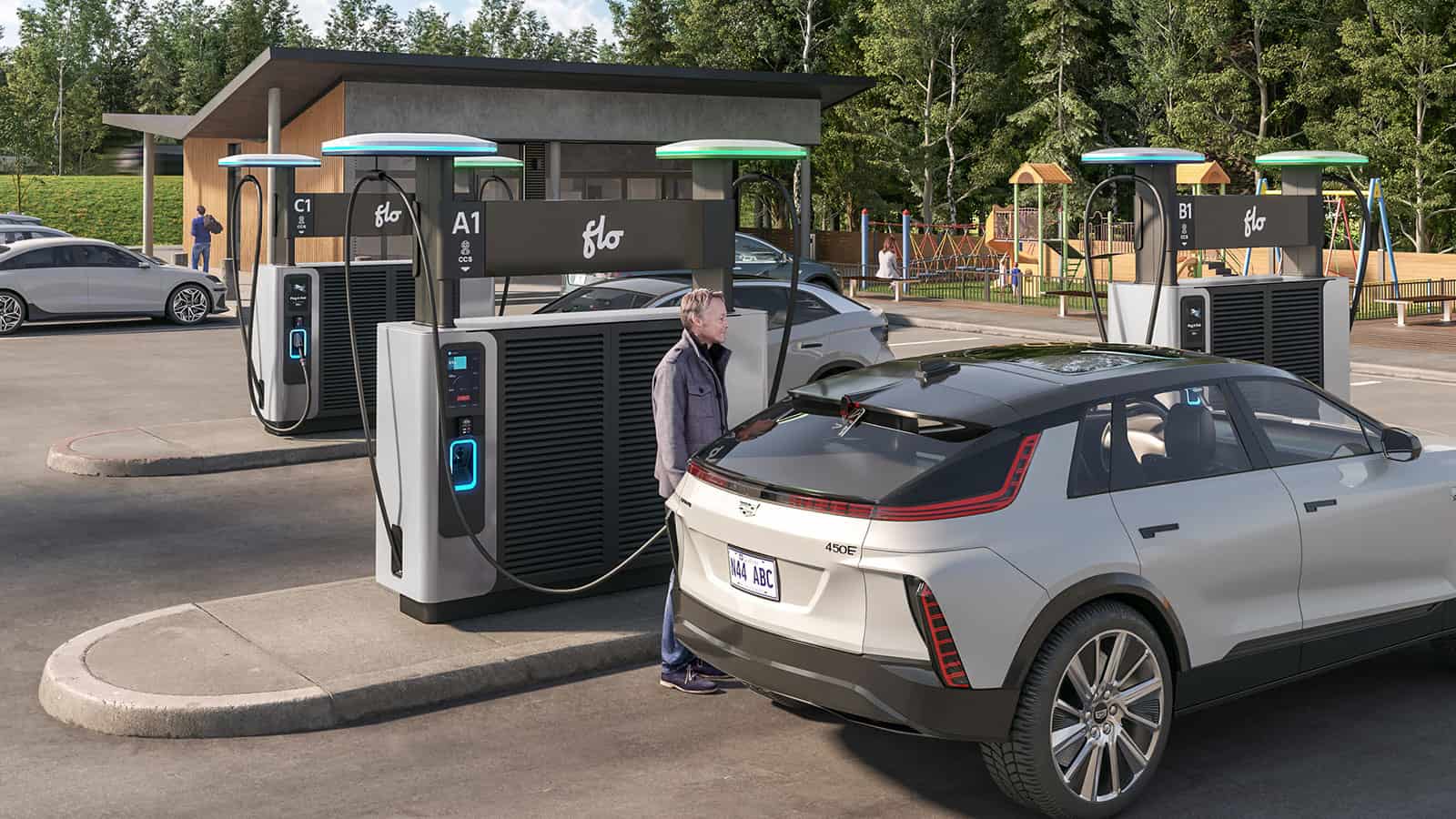The Most Reliable Sources to Buy EV Charging news and Stay Informed
The Most Reliable Sources to Buy EV Charging news and Stay Informed
Blog Article
Top EV Charging Information: Trick Updates on Framework and Development

Current Developments in Fast-Charging Technology
Additionally, developments in battery innovation, consisting of boosted thermal monitoring systems and greater energy thickness batteries, enhance fast-charging abilities. These developments reduce the danger of battery degradation during fast charging, making sure longevity and efficiency for EV proprietors.
Additionally, the assimilation of wise charging services is enhancing customer experience, making it possible for real-time tracking and vibrant rates models. EV Charging news. This versatility enables chauffeurs to maximize charging times and expenses based upon grid need
As automakers continue to invest in fast-charging networks, the cooperation between market stakeholders is vital. Collaborations between billing terminal service providers and automobile manufacturers are leading the way for considerable protection, eventually cultivating a more robust EV community. These advancements are critical in sustaining the shift to lasting transportation.
Government Efforts for Billing Growth
Government efforts play a vital role in the expansion of electric car (EV) charging infrastructure, facilitating the shift to sustainable transportation. Various federal and state programs are being implemented to enhance charging availability, lower the financial problem on customers, and promote the adoption of electrical cars.
Especially, the united state government has actually designated significant funding via the Infrastructure Financial Investment and Jobs Act, which sets aside $7.5 billion for EV charging network advancement throughout the nation. This financing is focused on deploying thousands of new billing stations, particularly in underserved areas, thus resolving variety stress and anxiety amongst possible EV customers.
In addition, numerous states are passing regulation to simplify the allowing process for charging station installations, which is critical for speeding up release. Motivations such as tax obligation credit reports and discounts for both customers and services are likewise being introduced to encourage the setup of charging framework.
In addition, public-private partnerships are progressively coming to be an emphasis, leveraging exclusive financial investment to complement government financing. These efforts emphasize a joint method crucial for developing a extensive and efficient EV charging network, eventually adding to a greener and even more sustainable future.
Innovative Battery Solutions Enhancing Efficiency
Revolutionizing the landscape of electric automobile (EV) technology, innovative battery options are considerably improving effectiveness and efficiency. Advances in battery chemistry, especially with lithium-sulfur and solid-state batteries, are bring about raised power density, which allows for longer varieties and faster charging times. These new battery types have the prospective to surpass traditional lithium-ion batteries by supplying greater capabilities while minimizing weight, therefore boosting general vehicle effectiveness.
Additionally, advancements in battery administration systems (BMS) are maximizing energy use and extending battery life expectancy. Smart formulas monitor battery wellness and efficiency, enabling real-time adjustments to charging and releasing processes. This not only improves the performance of the battery but likewise guarantees a more reputable and lasting energy source for EVs.
In addition, the integration of recycling modern technologies is dealing with the ecological impact of battery manufacturing and disposal. Developments in second-life applications for EV batteries are promoting their use in power storage systems, contributing to a circular economic situation.
As these ingenious battery services proceed to develop, they assure to transform the EV market, making electrical automobiles much more available and enticing to a broader audience while sustaining international sustainability objectives.

Partnership In Between Automakers and Charging Networks
Acknowledging the important demand for a robust charging infrastructure, car manufacturers are significantly collaborating with billing network carriers to improve the EV possession experience (EV Charging news). These collaborations aim to create a smooth charging ecological community that benefits consumers and sustains the shift to electric lorries
Major vehicle brand names are signing up with forces with well established billing networks to expand their charging station insurance coverage, making sure chauffeurs have accessibility to convenient and reputable charging options. For example, partnerships with networks like ChargePoint and Electrify America permit car manufacturers to incorporate charging options straight right into their lorries' navigation systems, leading users to the nearest terminals and providing real-time availability updates.
Furthermore, these partnerships often result in the growth of fast-charging modern technologies that substantially minimize the moment required to charge an EV. By merging sources and proficiency, automakers and billing networks can introduce faster, developing solutions visit the site that meet the expanding need for electrical wheelchair.
Additionally, joint initiatives may also result in even more standardized charging methods, which can reduce consumer confusion and advertise broader EV adoption. In general, these critical alliances are essential in building a user-friendly and reliable billing framework that fulfills the needs of an expanding electrical car market.
Challenges Encountering EV Charging Facilities
As the electric lorry market remains to grow, several difficulties are appearing that impede the advancement of a thorough billing facilities. One of the key barriers is the not enough variety of charging terminals, especially in underserved and rural urban areas. This gap produces array over here anxiety amongst potential EV buyers, deterring them from making the switch.
Additionally, the lack of standardization in charging modern technology complicates the infrastructure landscape. Variants in plug types and billing speeds can develop complication for individuals and raise functional complexities for charging network drivers. The assimilation of charging stations into existing electric grids presents substantial obstacles. Several regions deal with capability limitations, requiring considerable financial investments in grid upgrades to fit enhanced demand.
Another pushing issue is the high price connected with the installment and upkeep of charging terminals, which can be an obstacle for both public entities and private companies. Lastly, governing hurdles and zoning limitations can postpone the implementation of billing framework, restraining progress in expanding important services. Addressing these obstacles will be important for fostering a robust EV community that sustains the shift to sustainable transport.
Final Thought
To conclude, the ongoing developments in EV billing innovation, sustained by considerable government campaigns and innovative battery options, are crucial for the development and efficiency of electric vehicle framework. Cooperations between automakers and charging service providers additionally improve station coverage, dealing with the growing need for available billing choices. Despite challenges that persist within the EV charging landscape, these developments signify a positive trajectory in the direction of a more lasting and effective electrical car ecosystem.
Advancements in billing infrastructure have led to the growth of ultra-fast battery chargers capable of delivering up to 350 kW of power, significantly decreasing billing times. Variants in plug kinds and billing rates can produce complication for individuals and boost operational complexities for charging network drivers.In final thought, the continuous improvements in EV charging modern technology, supported by significant federal government initiatives and innovative battery services, are critical for the growth description and effectiveness of electric vehicle facilities. Partnerships in between car manufacturers and billing suppliers further boost station insurance coverage, dealing with the expanding demand for easily accessible billing alternatives. In spite of difficulties that linger within the EV charging landscape, these advancements indicate a positive trajectory in the direction of an extra sustainable and efficient electric car ecological community.
Report this page